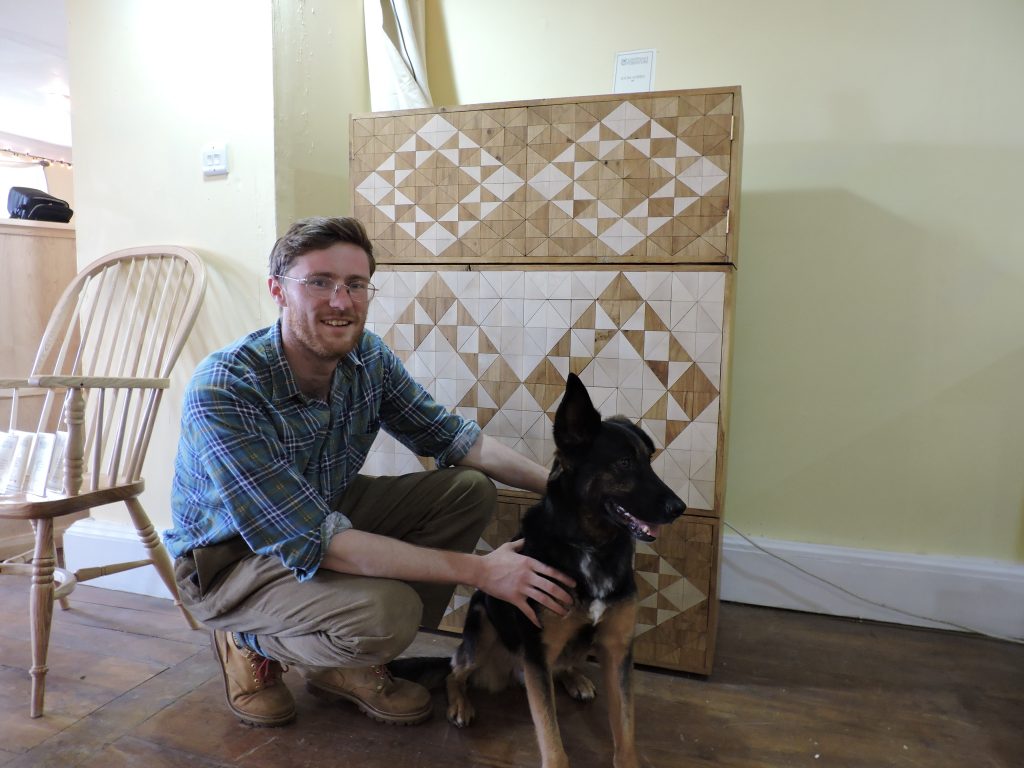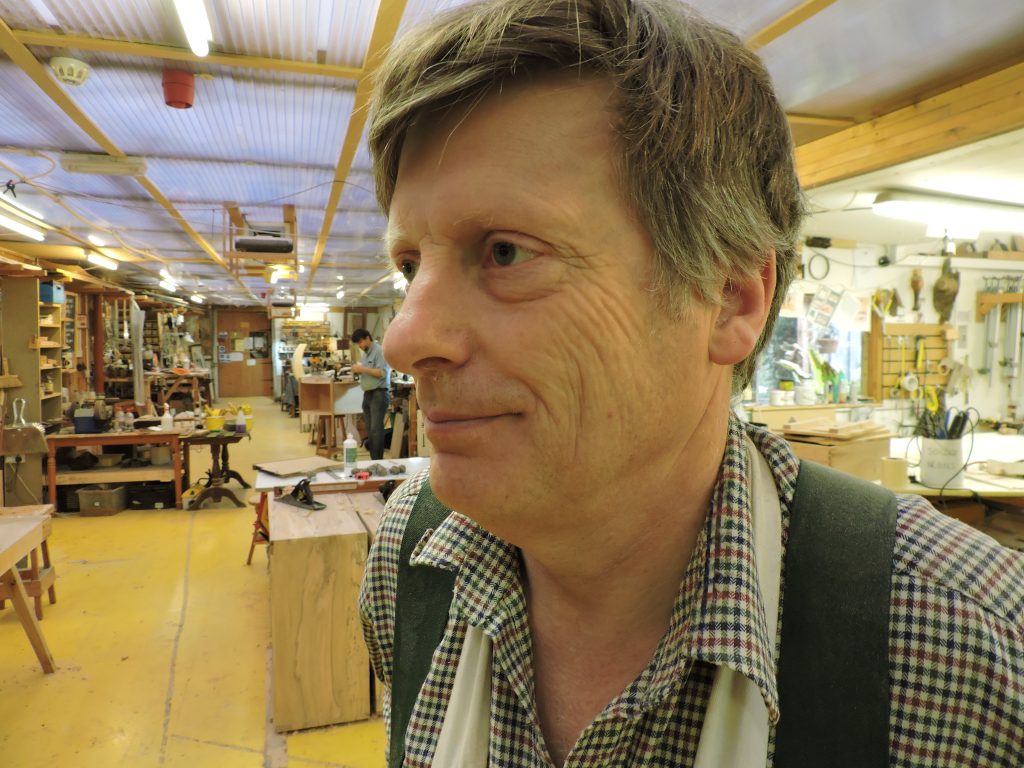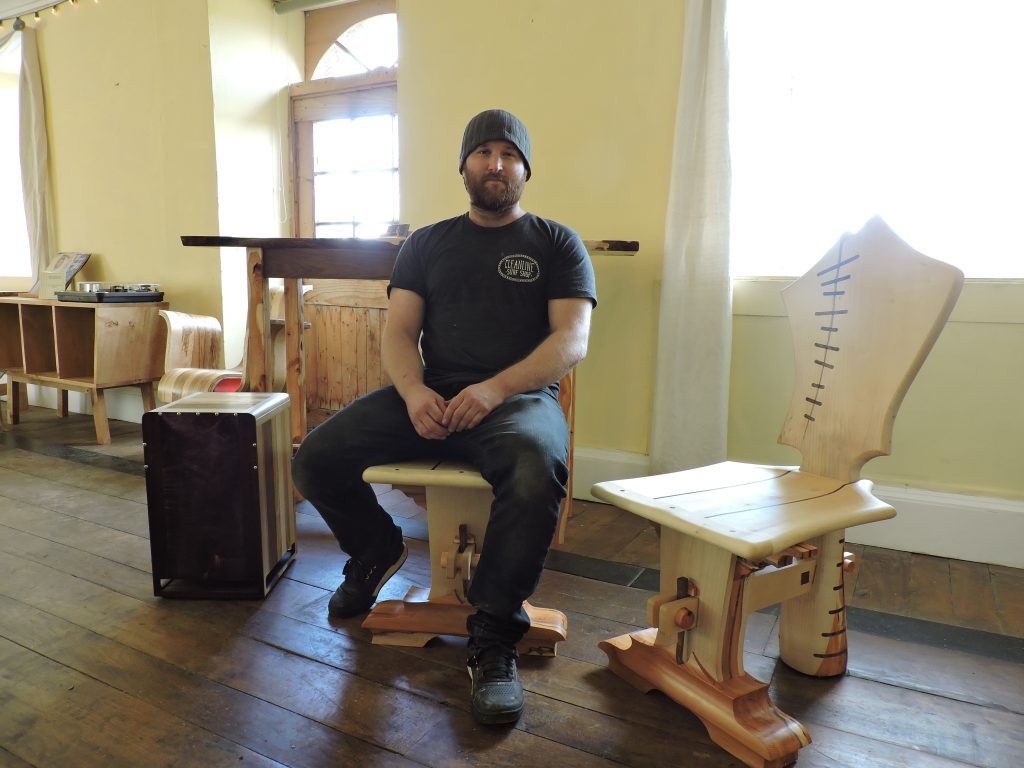Professional, intermediate
Eion Gibbs, who graduated from our professional course in June, was also our first intermediate course student. He first came to us on our month-long course while recovering from malaria. He’d been working as a film cameraman on two charitable projects, the Kilimanjaro Project and Trees 4 Kilimanjaro. Both charities are highlighting the environmental damage …



